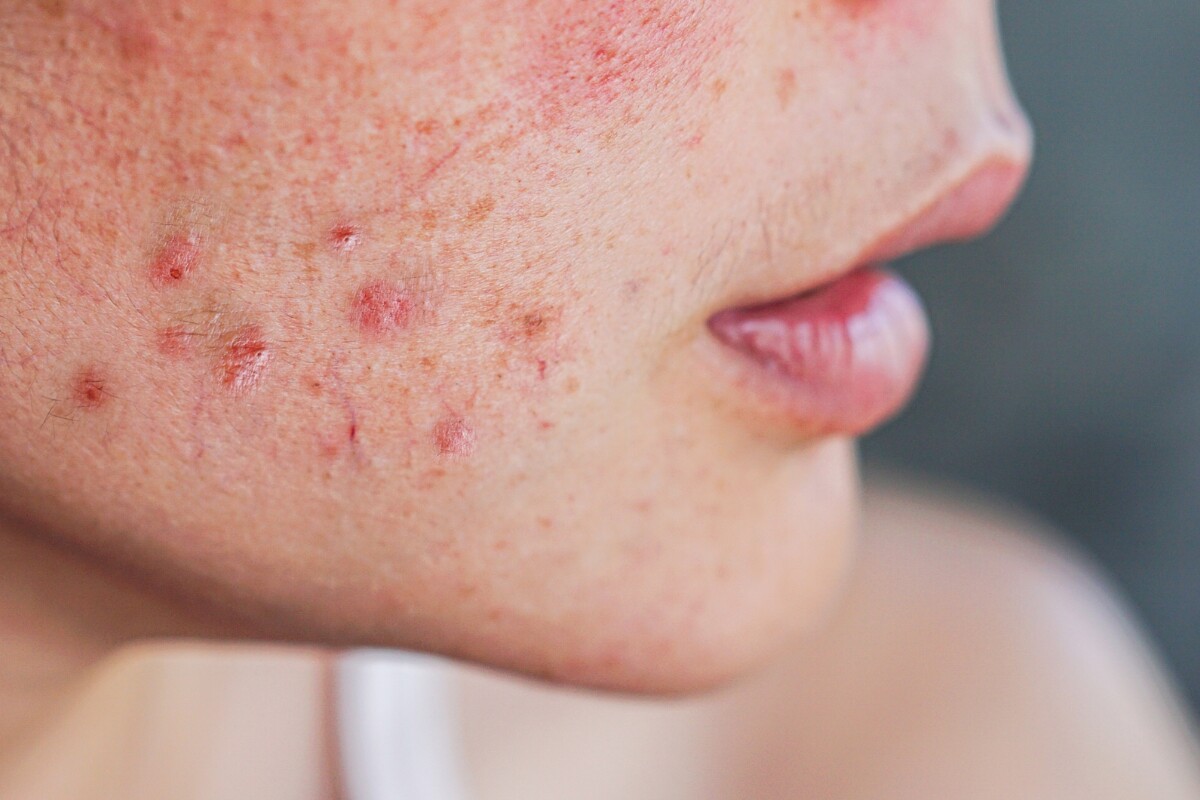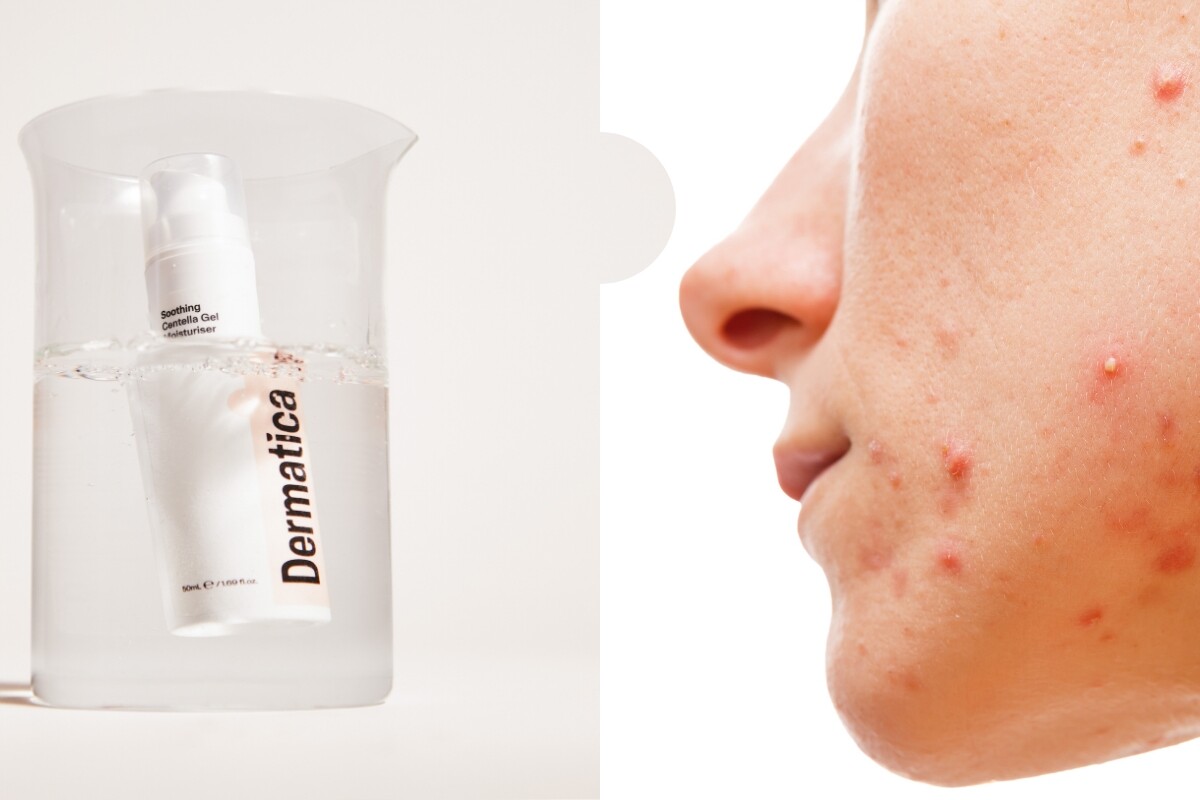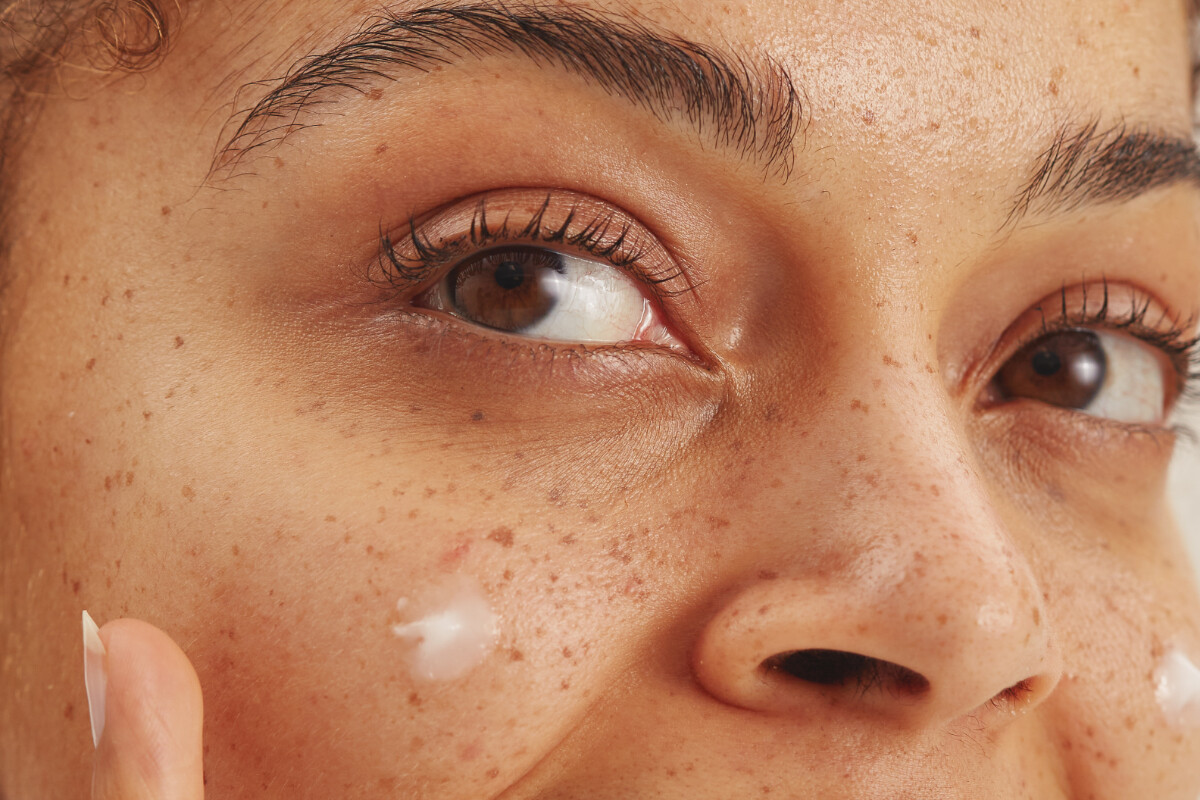Dr Karl Lawrence is a dermatology researcher with 10 years’ experience and a PhD in photodermatology from King’s College London. His research focuses on developing new UV filters, improving sunscreens, and investigating the benefits and dangers of UV exposure.
Applying sunscreen to your skin protects you from the damage caused by UV exposure, and the active ingredients that help them do that are called SPF filters. There are two main types of filters used in SPF products: chemical and mineral. Some sunscreens use both, while others contain only one — but what’s the difference between them? This is how each type of filter works, what their benefits are and who should use them.
What are chemical and mineral SPF filters?
Chemical filters are also sometimes called ‘organic filters’. That doesn’t mean they’re living or natural — in the chemistry world, ‘organic’ is a type of chemical structure. If you’re looking for them on an ingredients list, here are some examples of common chemical filters:
Ethylhexyl salicylate
Octocrylene
Butyl Methoxydibenzoylmethane
There are two mineral — or ‘inorganic’ — filters commonly used in sunscreens: titanium dioxide and zinc oxide.
How do they work?
Chemical filters are made up of a type of molecule called chromophores, which absorb harmful radiation. When you apply them to your skin, they absorb the UV rays from the sun and release them harmlessly as heat. Sunscreens often contain a blend of chemical UV filters, because each one only blocks certain UV wavelengths — you can learn more about different UV wavelengths here. The filters are usually categorised by the part of the UV spectrum they deal with, either UVA or UVB. Throughout the day, chemical filters absorb UV light, and that changes their chemical structure. This means they only keep you protected for a limited time. So, to stay protected, it’s important that you reapply sunscreen often if you’re out in the sun, sweating or swimming — never trust just one application.
Many people think mineral filters work by reflecting radiation away from your skin, but they mostly work in a similar way to chemical filters, absorbing radiation and releasing it as heat. In fact, they only reflect around 4–5% of the UV radiation they’re exposed to. They also remain on the surface of your skin, but remember, you still need to regularly reapply mineral sunscreen. It won’t stay on your skin for a long period of time, especially if you’re sweating, swimming or it comes into contact with your clothing. Their chemical structure and the way they work is what we call ‘broad-spectrum’, which means they’re able to protect you from a large range of UV wavelengths. So, there might be a smaller ingredient list on mineral sunscreen you buy because fewer filters are needed to protect you. Unlike chemical filters, mineral ingredients aren’t very reactive when they’re mixed with other UV filters, so they’re also easier to add into sunscreen formulas.
I have sensitive skin — which SPF filter should I use?
Chemical filters have been linked to skin sensitivity in the past, and some ingredients can trigger existing skin conditions like acne, rosacea or melasma. The evidence of irritation with these filters is low, though, so if you’ve found a chemical sunscreen that works for you, you don’t need to change your routine.
Mineral filters can sometimes trigger acne symptoms, but there’s otherwise very little evidence that mineral sunscreens cause skin reactions themselves — any reactions could be due to the thickness of the formulation, for example. This means they’re usually recommended for people with sensitive skin or skin conditions, as well as children.
Which SPF filters leave a white cast?
One downside to mineral filters is that they often leave a white cast, which makes them more visible on black and brown skin. This is due to the increased particle size of molecules in the formula, and because it stays on the surface of the skin. To make them more inclusive to all skin tones, some mineral sunscreens are tinted to make them blendable.
Chemical filters are popular because their formulas are lightweight and easy to apply. They also tend to be colourless and absorb UV exposure in a different way, so they don’t leave a white cast behind on black or brown skin.
Are mineral sunscreens safer than chemical sunscreens?
There’s no concrete evidence that one type of SPF filter is safer than the other. There’s been discourse that some chemical filters can absorb through your skin and be harmful. These studies only looked at people applying a very large amount of sunscreen to their bodies, not the recommended dose, so they need to be taken with a pinch of salt. It’s also important to balance the benefits of sunscreen in preventing skin cancers — which have been proven — with the risks, which are very low.
Are SPF filters harmful to the environment?
The environmental impact of sunscreens is a big talking point right now. During lab testing, some chemical SPF ingredients have been shown to affect coral and fish, and they’re also thought to build up in the environment. The actual consequences of this in nature aren’t certain, but many regions have banned certain ingredients until we learn more about them.
There are also some studies that show mineral filters may be harmful at high concentrations, and could damage the environment. We still don’t know enough about whether this is true with normal usage, though, because all these tests have happened in lab conditions with very concentrated products.
Looking for more sun safety guides? Check out our blog.
If you haven’t started your Dermatica journey yet, complete a free online consultation today. Your formula is designed by dermatology experts with science-backed ingredients to help you achieve your skin goals.
Dr Catriona Maybury
Dr Catriona Maybury is a Consultant Dermatologist, working as Medical Lead for Dermatica and at St George’s Hospital in London. Catriona completed her specialty training at St John’s Institute of Dermatology in London. Catriona has a special interest in medical dermatology, completing a PhD in liver fibrosis amongst psoriasis patients at King’s College London. Catriona is a certified coach and worked as Dermatology Section Editor for the British Medical Journal.





